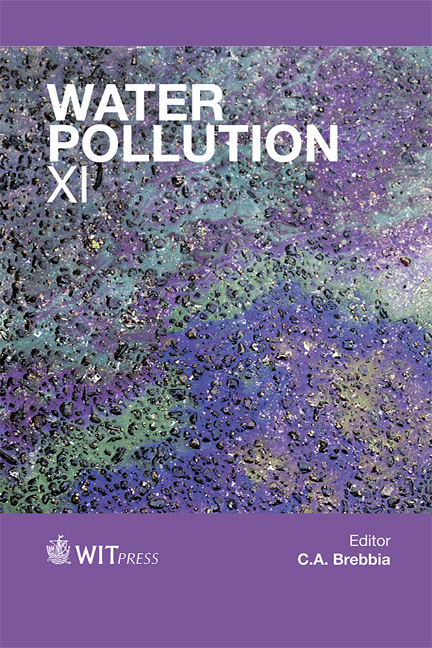Numerical Modeling Of Oil Spill Drifts For Management Of Risks In Continental Waters
Price
Free (open access)
Transaction
Volume
164
Pages
12
Page Range
275 - 286
Published
2012
Size
526 kb
Paper DOI
10.2495/WP120241
Copyright
WIT Press
Author(s)
C. Goeury, J.-M. Hervouet, M. Benoit, I. Baudin-Bizien & D. Fangeat
Abstract
The application of the European Water Framework Directive and the monitoring obligation on water quality for human consumption and industrial activities create a need for water quality evaluation and monitoring systems. The Migr’Hycar research project was initiated to provide decisional tools, and fulfil operational needs, for risks connected to oil spill drifts in continental waters. Within the framework of the Migr’Hycar project, a new 2-D numerical oil spill model has been developed by combining Lagrangian and Eulerian methods. The Lagrangian model describes the transport of an oil spill near the surface. This model simulates the major processes acting on the spilled oil. Though generally considered as a minor process, dissolution is important from the point of view of toxicity. To model dissolved oil in water, a Eulerian advectiondiffusion model is used. The fraction of dissolved oil is represented by a passive Eulerian scalar and its quantity directly depends on the dissolved mass of particles. In parallel with model development, experiments on the behaviour of hydrocarbons have been carried out in an artificial river facility in Berlin, which is part of the German federal environment agency (UBA). After spilling refined commercial products into an artificial channel, the aim of these experiments was to study the drift of the oil spill and the dissolution in the water column. Experimental results on situations with controlled conditions will allow the quality of the numerical predictions to be confirmed and validated. Keywords: modelling, oil spill, continental waters, dissolution, evaporation, hybrid model, two-dimensional.
Keywords
modelling, oil spill, continental waters, dissolution, evaporation, hybrid model, two-dimensional





